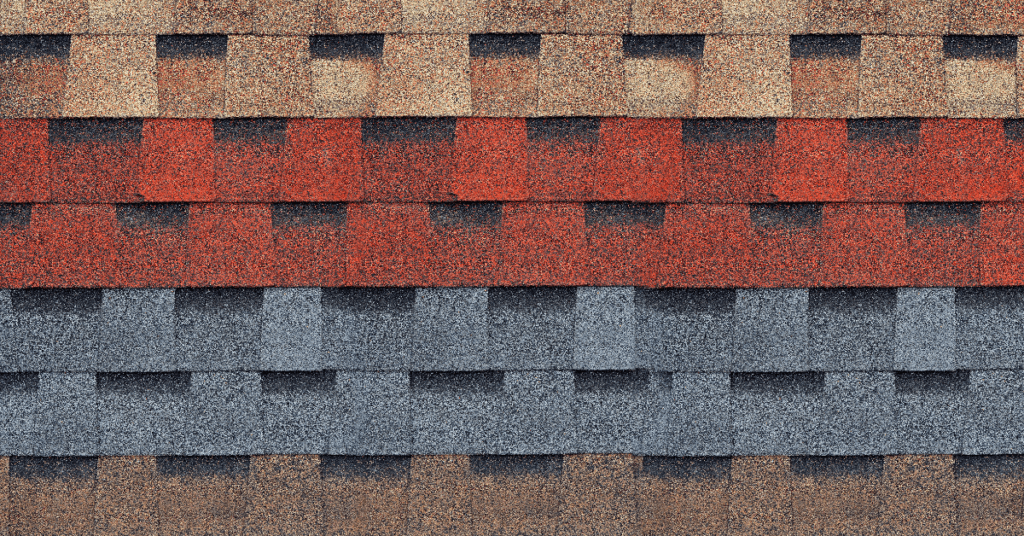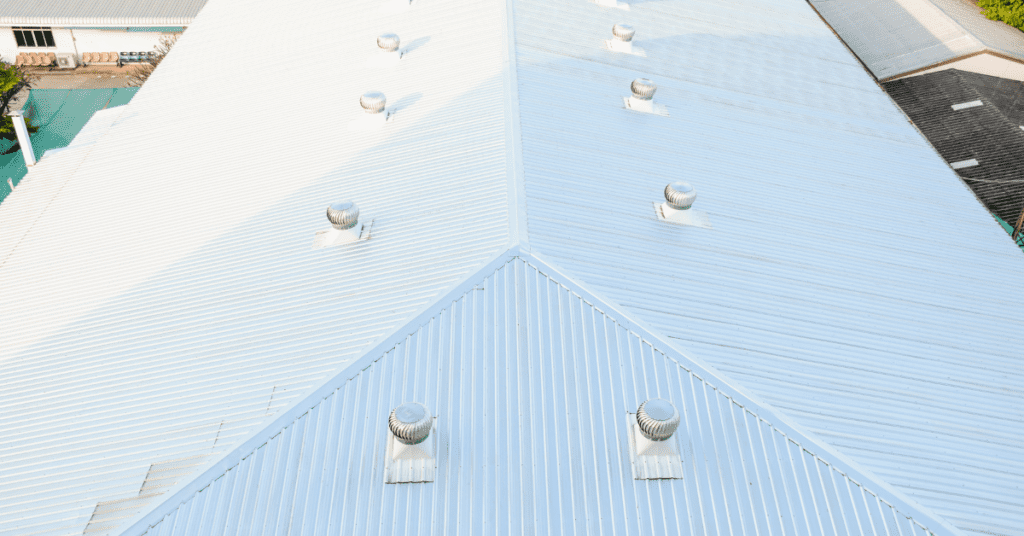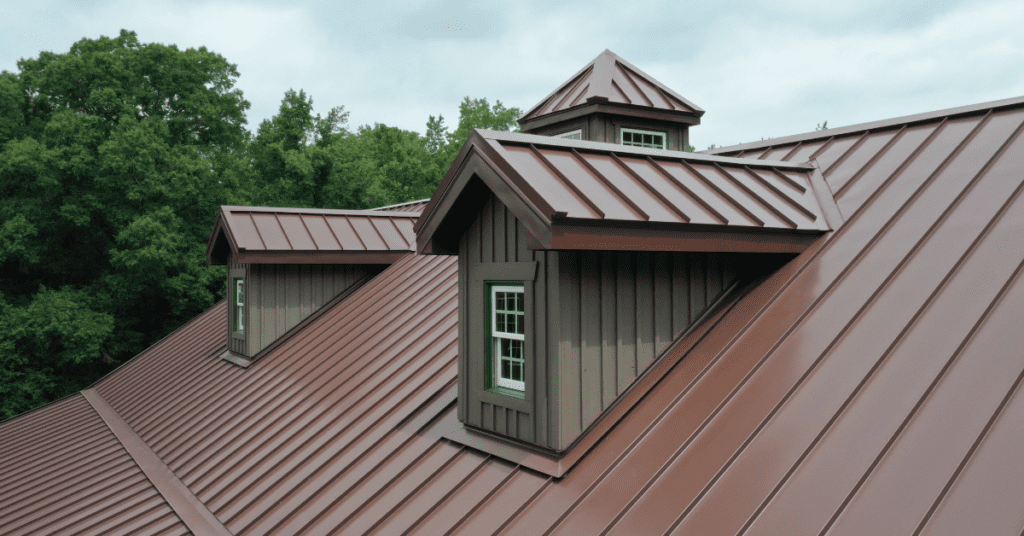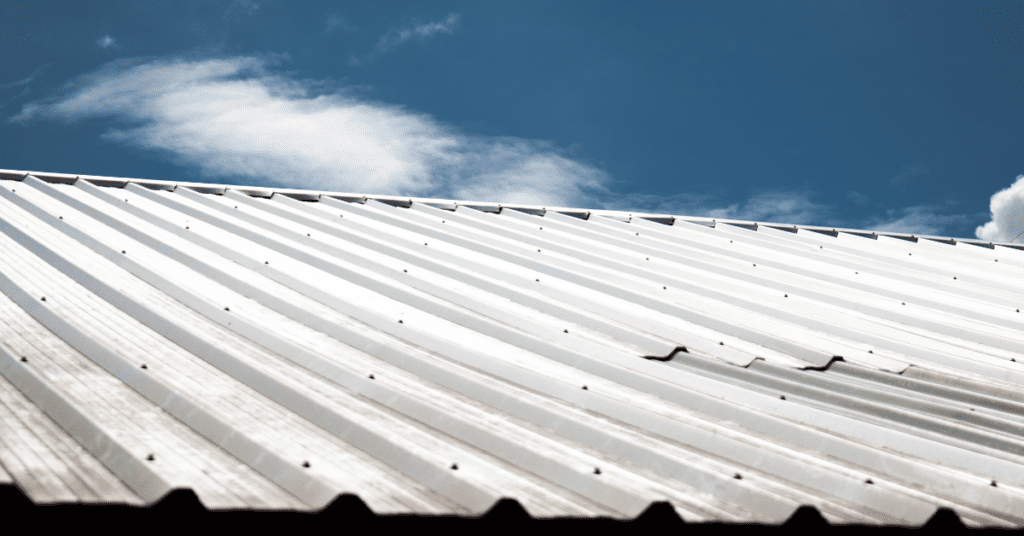The Impact of Roof Colour on Your Home’s Energy Efficiency


When it comes to the energy efficiency of your home, you may not immediately think about the colour of your roof. However, the colour of your roof plays a significant role in the overall energy efficiency of your home. In this article, we will explore the impact of roof colour on your home’s energy efficiency and provide homeowners with valuable information on the best colours for energy savings.
What colours are most energy efficient for roofs?
The colour that is most energy efficient for roofs is white. White roofs, or roofs with similarly lighter hues, have a high albedo effect, meaning they reflect the sun’s rays instead of absorbing them.


This reflection of sunlight helps to keep the roof and the home cooler, especially during hotter seasons. As a result, homeowners can experience a drastic reduction in electricity usage, and they can protect their roof proactively to extend these energy savings.
How does a roof’s colour affect its ability to reflect sunlight?
The colour of a roof directly affects its ability to reflect sunlight. Traditional dark-coloured roofing materials, such as black or dark gray, strongly absorb heat from the sunlight, causing the roof to become warm in the sun and heat up the building.
On the other hand, cool roofs, which are typically lighter in colour, reflect more sunlight and absorb less heat. These roofs stay cooler in the sun and transmit less heat into the building, leading to increased energy efficiency.
Does the type of material used for a roof affect energy efficiency?
Absolutely. The type of material used for a roof significantly influences its energy efficiency. Metal roofs have emerged as one of the most energy-efficient roofing materials available. They reflect heat up and away from the building, preventing it from being absorbed and increasing the roof’s overall energy efficiency.
In fact, homeowners can save up to 40% in energy costs with a metal roof. As energy costs continue to rise, more and more homeowners are choosing metal roofs as an energy-efficient solution for their homes.


How can homeowners best determine what roof colour is best for their home?
Determining the best roof colour for your home can depend on various factors, including the architectural style of your home, your personal preferences, and even the state of your roof. If you’ve detected any roof damage, it might be an opportune time to consider a new, more energy-efficient colour. Here are some tips to help you make the best decision:
Consider your home’s architectural style: Different architectural styles may lend themselves better to certain roof colours. For example, homes with natural wood siding in tree-lined areas look best with deep forest green or brown shingles.
Beach houses in light, breezy colours are complemented by light-coloured roofs. Stucco-sided homes often look great with rusty red or orange coloured shingles. Keeping the architectural style in mind can help you choose a roof color that enhances the overall aesthetic appeal of your home.
What is the estimated cost difference between energy-efficient and non-energy-efficient roofs?
Energy-efficient roofs may have a higher initial cost compared to non-energy-efficient roofs. However, they often pay for themselves over time. For example, a metal roof can lower your energy bill by as much as 40% during the summer months.
Moreover, energy-efficient roofs can also save you money in the long run by extending the life of your roof. If your roof is in bad condition, you may be wondering ‘At What Point Is a Roof Beyond Repair and a Roof Replacement Is Needed?‘. Additionally, since your HVAC system doesn’t have to work as hard to cool your home, it will last longer too. Furthermore, cool roofs can also provide savings through rebates, incentives, and tax credits.


Are there any government incentive programs or tax credits available for energy-efficient roof installation?
Yes, there are government incentive programs and tax credits available for energy-efficient roof installation. In Canada, for instance, the Canada Greener Homes Grant offers financial support to energy-efficient homes. Eligible homeowners can choose from a variety of options.
However, it’s important to note that this grant has a cap of $5,600 per home or $40,000 for deep retrofits in 2021 and 2022, such as improving the insulation of your roof. Taking advantage of these programs can provide additional savings and incentives for homeowners looking to improve the energy efficiency of their homes through roof installation.
In conclusion, choosing the right colour for your roof can have a significant impact on your home’s energy efficiency. Light-coloured or white roofs are the most energy efficient as they reflect sunlight instead of absorbing it. Additionally, selecting energy-efficient roofing materials, such as metal roofs, can further enhance your home’s energy efficiency and lead to long-term energy savings. By considering your home’s architectural style and taking advantage of government incentive programs and tax credits, homeowners can make informed decisions to optimize their home’s energy efficiency and reduce their environmental impact. If you’re new to the topic of roofing, it may be helpful to familiarize yourself with some common roofing terms to better understand your options and make the best choices for your home.
If you’re looking for professional assistance in making your home more energy efficient through the right roofing choices, our team of expert are here to help. With years of experience and an in-depth understanding of roofing materials and colours, we can provide tailored solutions to meet your specific needs and improve your home’s energy efficiency. Don’t wait to start saving on your energy bills and reduce your environmental impact. Contact us today to schedule a consultation or to learn more about our services.
- Burnaby roofers and roofing contractors
- Coquitlam roofers and roofing contractors
- Delta roofers and roofing contractors
- Ladner roofers and roofing contractors
- Langley roofers and roofing contractors
- Maple Ridge roofers and roofing contractors
- New Westminster roofers and roofing contractors
- North Vancouver roofers and roofing contractors
- Pitt Meadows roofers and roofing contractors
- Port Coquitlam roofers and roofing contractors
- Port Moody roofers and roofing contractors
- Richmond roofers and roofing contractors
- Surrey roofers and roofing contractors
- West Vancouver roofers and roofing contractors
- White Rock roofers and roofing contractors
- Vancouver roofers and roofing contractors
